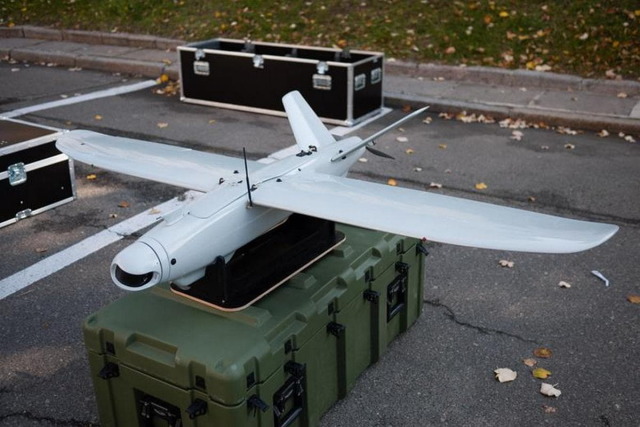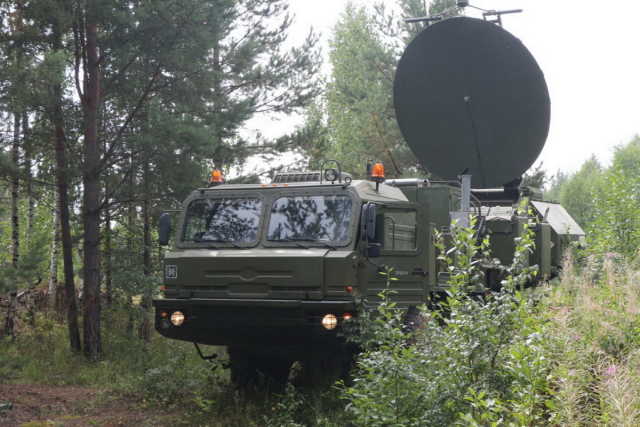A new report on the war in Ukraine by the Royal United Services Institute (RUSI), prepared by Jack Watling and Nick Reynolds, claims that Russia's ground-based electronic warfare (EW) systems are capable of blocking control frequencies, forcing Ukrainian UAVs to land or helping to conduct artillery and missile fire at ground control stations. As a result, the service life of Ukrainian drones is "about seven days", although it depends on the system.
"If Ukraine wants to repel Russian attacks through a combination of range and accuracy, its armed forces (AFU) need a targeting chain that can identify and report on the location of Russian targets," the report says.

Ukrainian UAV "Leleka-100"
"It [the chain] can be provided with the help of UAVs, reconnaissance groups or electronic direction finding. However, all these methods are hindered by Russian electronic warfare systems, which are an integral part of Russian operational concepts. Therefore, it is necessary to assess how they are used in Ukraine, their limitations, and where they represent tactical problems that need to be overcome."
Ukrainian UAV operators, analysts say, are often forced to choose between a live broadcast that can be detected, or sending a drone along pre-established flight routes, which leads to delays in the transmission of operational information. The inability to quickly create target designation chains, RUSI experts add, prevents the APU from using advanced Western systems that are sent to the country.
To solve this problem, it is proposed to use UAVs with homing heads (barrage ammunition – BB), which will be able to hit Russian electronic warfare systems.
"The best way to achieve this effect is to use a radar homing head [GOS]. Ukraine has the industrial capacity to produce gliders on a large scale, and there is a significant advantage in allowing Ukraine to develop several wing shapes for this mission, because it makes it much more difficult for Russian forces to detect, classify and destroy such UAVs."
The key point is the possibility of large-scale deployment of a "cheap and reliable" GOS.
Russian forces, of course, will try to resist the BB by disabling their electronic warfare equipment and changing their position. However, these actions by themselves will create an opportunity for Ukrainian drones to establish timely targeting chains to pursue important goals, experts believe.
According to the RUSI report: "... the development of a cheap homing system that can be provided to Ukraine on a large scale is a critical opportunity that Ukraine's partners should immediately give priority to. If Ukraine is able to resist Russian electronic warfare, it will be possible to use accurate fire to counter the formation of massive Russian artillery and thereby create favorable conditions for Ukrainian ground maneuver, which is a prerequisite for the liberation of the occupied Ukrainian territory."
According to the materials of the resource flightglobal.com


